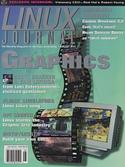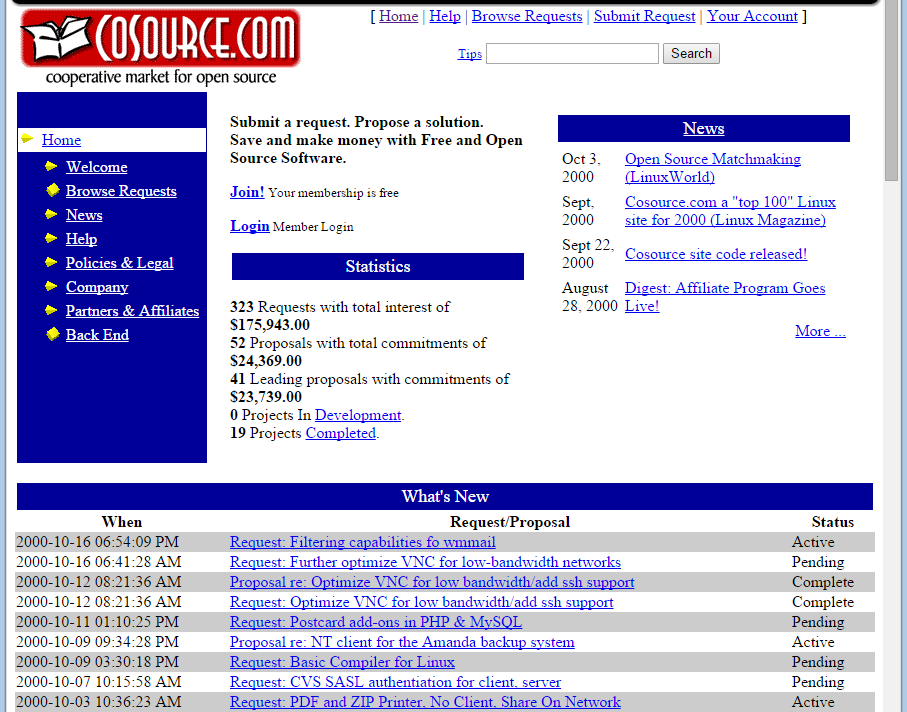The Free Software Bazaar
Interview with Axel Boldt
The Free Software Bazaar gathers bounties for the completion of particular Open Source projects. It can be found at http://visar.csustan.edu/bazaar/. I talked to Axel on April 27, 1999.
Bernie: What inspired you to create the Free Software Bazaar?
Axel: In a Usenet discussion, the question came up of whether buying a Red Hat CD is a good way to sponsor free software development. I then got the idea that there may be a better, more direct way to induce people to write free software—to “cut out the middleman”.
Bernie: Is money important for the free software movement?
Axel: In the grand scheme of free software development, money does not currently play a big role. Personally, I am not at all unhappy about that fact. I like to think of the Bazaar as a place where programmers can get ideas for projects that are actually needed, and where users can show their appreciation for the wealth of software they get for free.
Bernie: Why would any individual commit money towards funding an Open Source project?
Axel: Two reasons: you need a certain piece of software and you think the free software development model would produce the best results, or you feel the need to “give back” to the free software community. Most of the time, it’s probably a combination of the two.
Bernie: What does the system offer for developers?
Axel: Some money, but mainly ideas for new worthwhile projects.
Bernie: What effect could cooperative funding have on the Open Source community at large?
Axel: It may help establish better communication between users and producers of free software. Users will be able to outline a wish list for a new project as opposed to just provide feedback and patches to already-existing code.
Bernie: What is your background?
Axel: I maintain the Linux kernel configuration help texts, the Linux CD Giveaway List (http://visar.csustan.edu/giveaway.html) and the programs tkinfo and WebFilter. I teach mathematics and computer science at Metro State University in St. Paul, Minnesota.
Bernie: What are your plans for the future?
Axel: Retire early and keep playing with free software.
Axel Boldt’s Free Software Bazaar was the first realization of these ideas. It opened in the fall of 1998; within six months, it collected over $25,000 US in offers and over $1200 in payments towards Open Source projects. The site works by letting users browse a list of existing offers. If a user is interested in sponsoring an existing project or creating a new one, they send e-mail to Axel. He then adds their offer to the listing page.
These offers can be claimed by the first developer to successfully complete the work. Axel then notifies the sponsors, asking them to send payment directly to the developer.




Loading Comments